How the Capital Stack Works in Property Investment Fundings
One of the most valuable tools available to investors for evaluating and comprehending risk in real estate investments is the “capital stack”. The capital stack is the different layers of financing sources that go into funding the purchase and improvement of a real estate project.
The capital stack is a useful tool that enables investors to compare a wide range of investments in terms of their risk and the potential returns they offer. The investors’ positions in the capital stack determine at what point they would receive the income and profits generated by the property throughout the holding period and upon sale.
The capital stack is divided into two large categories – debt and equity. The higher the capital stack, the higher the risk and the greater potential returns. Conversely, the lower the capital stack, the lower risk but the less likely to earn over time.
Senior Debt
At the very bottom of the capital stack lies senior debt, which typically takes up the majority of the stack. It is generally a mortgage secured by the property itself, meaning the asset can’t be sold unless the mortgage is paid. It is also called a first mortgage. It is considered the least risky position due to its security interest in the property. A first mortgage protects a lender from financial loss by giving them the right to take possession of the property and sell it should a borrower stop making loan repayments. Only once the first mortgage holder has been repaid all their capital and interest can any remaining proceeds from the sale be shared by other investors.
While it’s the safest position in the capital stack, it also delivers the lowest expected returns to investors in exchange for having this first access to cash flows. When there is already a mortgage over a property, it is possible to register additional mortgages. In this case, second mortgages rank higher up the capital structure, followed by third mortgages, and so on.
Mezzanine Debt
Mezzanine debt comes after senior debt in order of payment priority. Mezzanine debt investors receive a higher rate of expected return than senior debt investors because they will only get paid once all senior debt obligations have been made.
Like with senior debt, mezzanine debt investors receive periodic interest payments. Mezzanine debt investors receive a lower rate of expected return than those in equity positions because their positions are also secured by a junior mortgage or pledge of equity in the borrower.
Preferred Equity
Preferred equity is a hybrid position that sits between equity and debt in the capital stack. It’s senior to traditional equity investments but subordinate to debt positions. Like debt investors, preferred equity investors receive contractual payments throughout their investment period and generally don’t participate in any additional profits the investment generates. However, they should receive a higher expected return than debt investors because their investment is unsecured.
Common Equity
Common equity occupies the highest and most risky spot on the real estate capital stack. The owners of a property may profit handsomely or lose their entire investment, depending on how much debt they must repay and how well or poorly the property performs financially. Being a common equity investor means being an owner of the deal. It is the riskiest position of the capital stack because investors are only paid back after all the other positions in the capital stack have been repaid. However, common equity investors will receive all the profit upon the asset’s sale.
Common equity investors also receive the benefits of the full appreciation of the asset. Since common equity investors are owners of the asset there is no fixed term for their investment and their full payout happens only when the property is sold or when an investor sells their ownership interest. In the simplest terms, when things go well with an investment, all the investors win, but the equity investors win more. When things go poorly, equity investors are the last to get paid back.
Why Understanding the Capital Stack Matters?
Every real estate investment is unique, with varied capital structures, offering their own potential risks and expected returns. Before investing, it’s crucial to be informed about every position in the capital stack for every individual opportunity. Investors should allocate their capital between equity and debt investments based on their risk tolerance and investment goals.
At Wharton, we managed different type of property funds to meet different investment needs. Wharton’s executive team has over 20 years’ experience in real estate fund management and property market. The far-sighted experts in the team are keeping monitoring the market changes and economic factors in order to seize the best investment opportunities. Since inception, Wharton has invested in 18 projects with project value of $718 million and delivered average annual return of 10% to our investors. To find out more about property funds and whether they may be a suitable investment option for you, please contact us info@whartoncapital.com.au.


